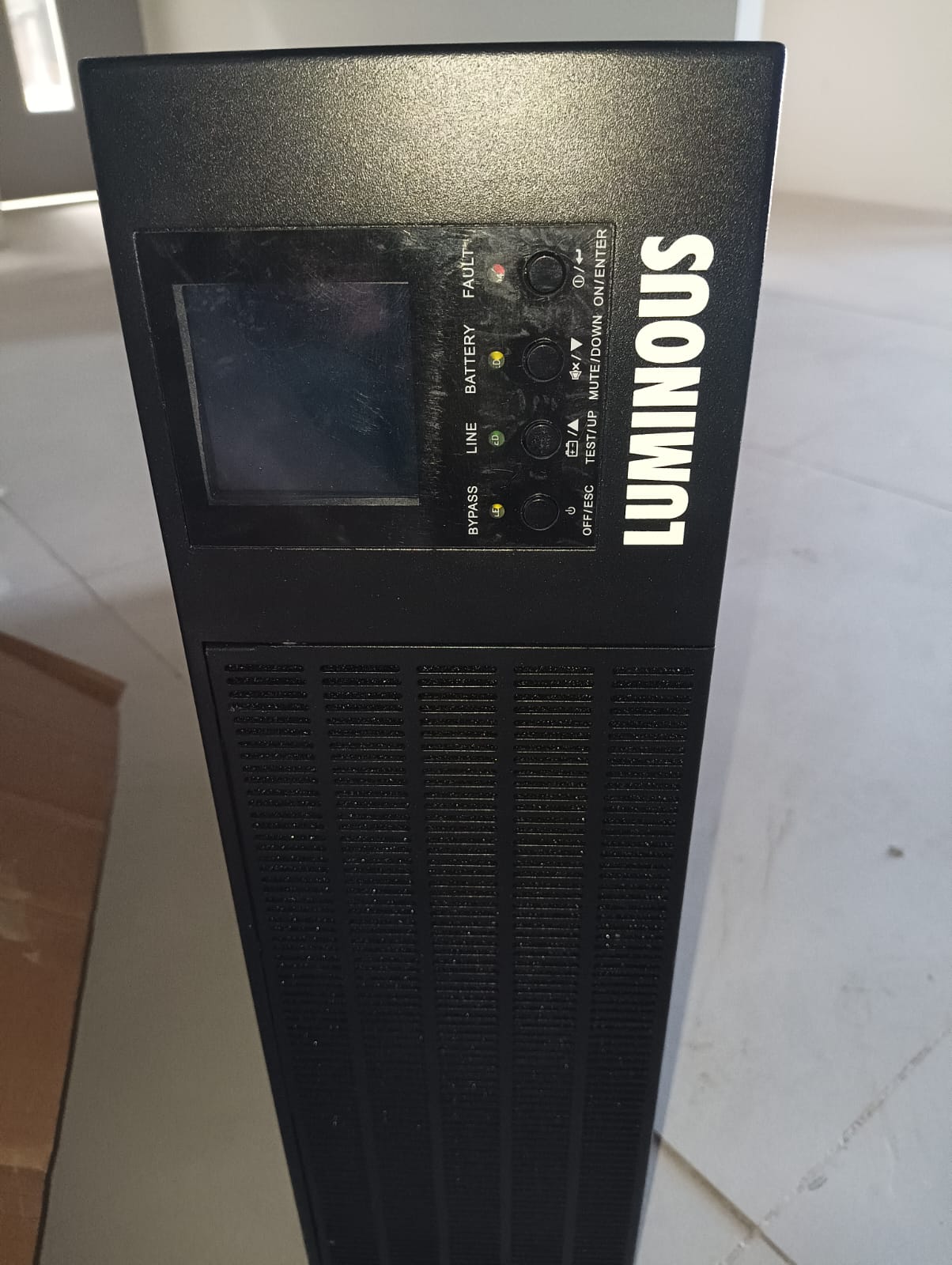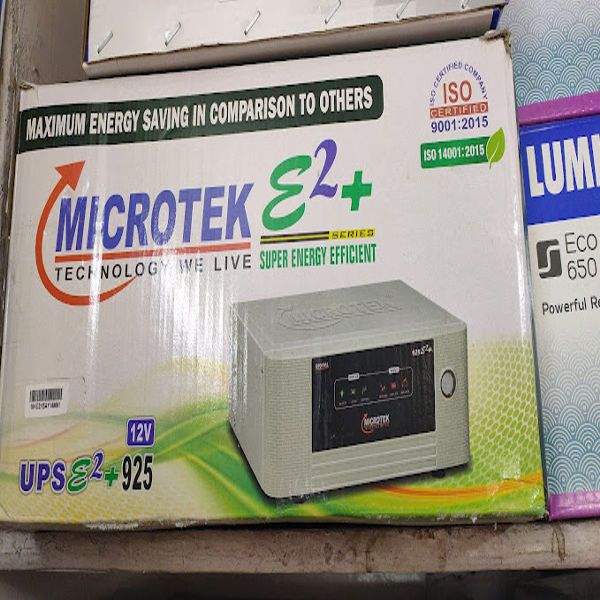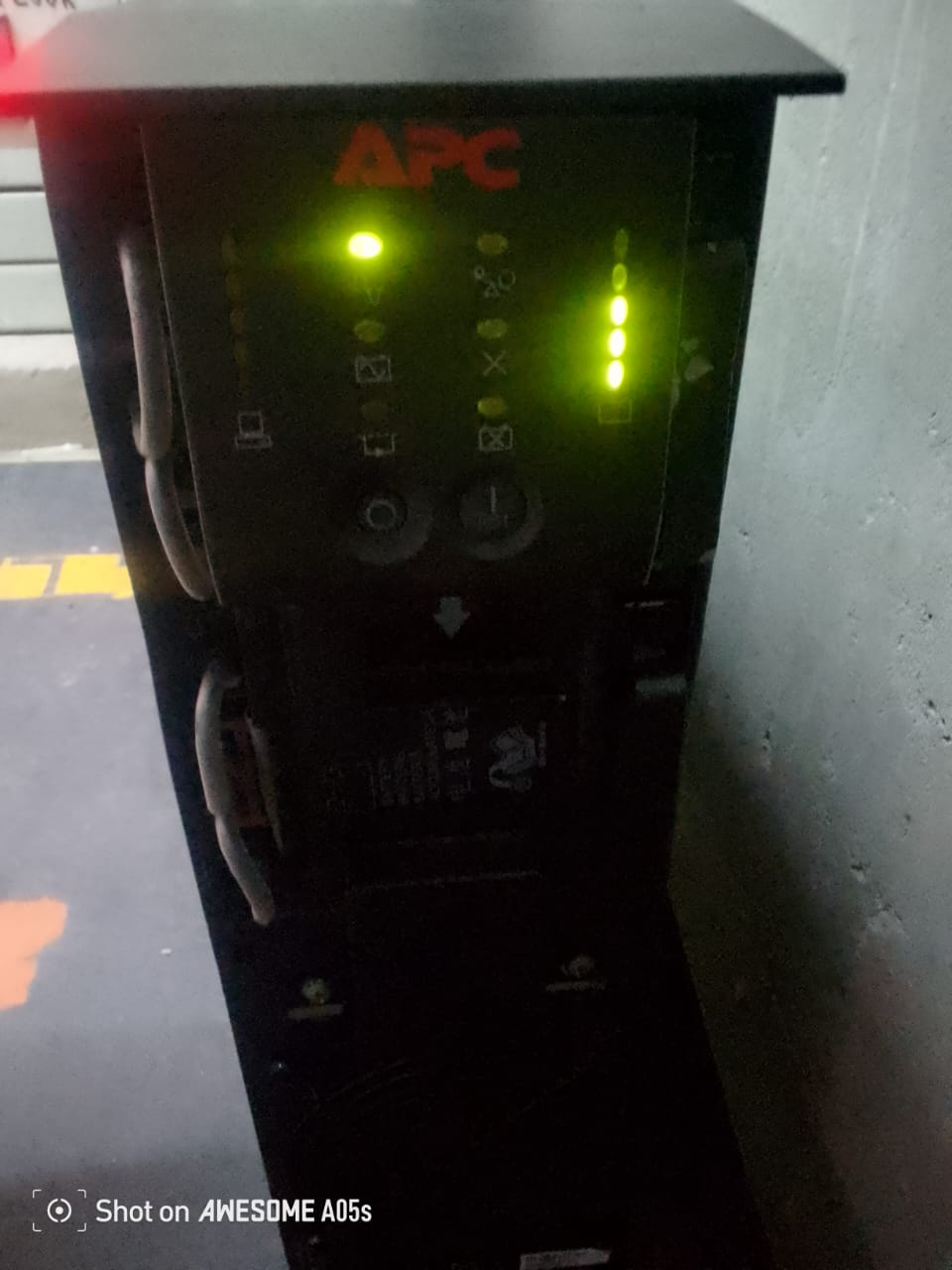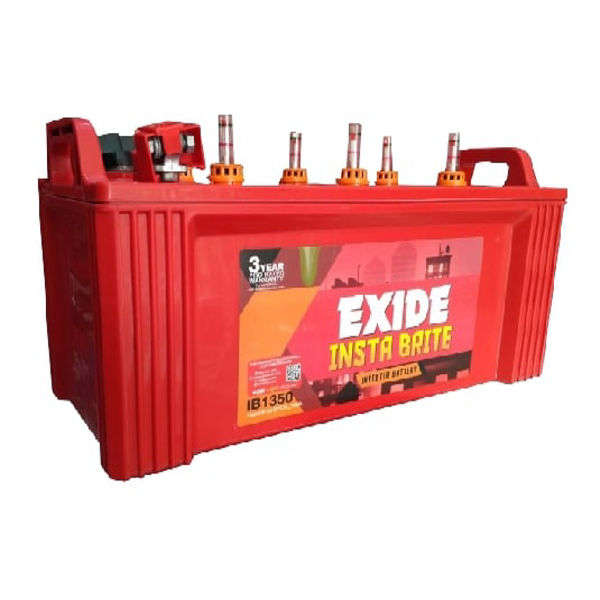The Luminous LD30KH-PRO is a high-performance Inverter designed to provide reliable backup power for homes, offices, and small commercial setups. It is a part of Luminous' Pure Sine Wave Inverter series, offering high efficiency and stable power supply to sensitive equipment like computers, refrigerators, air conditioners, and other appliances. Here are the key features and specifications of the Luminous LD30KH-PRO: Key Features: Power Capacity: 30 kVA (Kilovolt-Ampere) – It is designed to support large power loads, making it suitable for medium to large residential, commercial, or industrial applications. Pure Sine Wave Output: Provides clean and stable output voltage, ensuring that sensitive equipment (like computers, air conditioners, and medical equipment) operates without issues, such as noise or voltage fluctuations. High Efficiency: The inverter operates with high efficiency, which reduces power loss and ensures that more of the battery's energy is used to power connected appliances. Advanced Microprocessor Technology: The inverter uses a microprocessor-based design to ensure high performance, protection, and reliability. It optimizes charging and discharging cycles, as well as load management. User-Friendly LCD Display: It comes with an intuitive LCD display that shows important information such as battery status, power usage, input and output voltage, and fault conditions. This helps users easily monitor and manage the system. Wide Input Voltage Range: The inverter operates with a wide input voltage range, which helps it perform well under varying input conditions. This feature helps protect connected equipment from power surges and fluctuations. Multiple Protection Mechanisms: Built-in protection features include overload protection, short-circuit protection, deep discharge protection, and battery reverse polarity protection, which ensures the safety of the connected equipment. Battery Compatibility: The Luminous LD30KH-PRO is compatible with both lead-acid and lithium-ion batteries, giving users flexibility depending on their preferences for battery technology. Smart Battery Management: The inverter comes with intelligent battery management to optimize battery performance, extending their lifespan and ensuring safe charging and discharging cycles. Compact and Reliable Design: Designed with a compact form factor and a durable build, the inverter is ideal for both indoor and outdoor installations and can be used for both backup power and off-grid applications. Applications: Residential Homes – For providing backup power for large appliances like air conditioners, refrigerators, lighting, and electronics. Small and Medium Businesses – For ensuring uninterrupted power supply to computers, servers, and other essential equipment. Commercial Use – Ideal for large offices, small industries, and workshops. Rural/Off-Grid Areas – Can be used in places with frequent power outages or no access to the grid, providing a reliable power solution. Specifications Summary: Rated Capacity: 30 kVA Output Type: Pure Sine Wave Input Voltage: 120V – 300V (depending on model) Charging Current: Adjustable (depends on load) Display: LCD with detailed status updates Battery Compatibility: Compatible with lead-acid and lithium-ion batteries
Send Message







